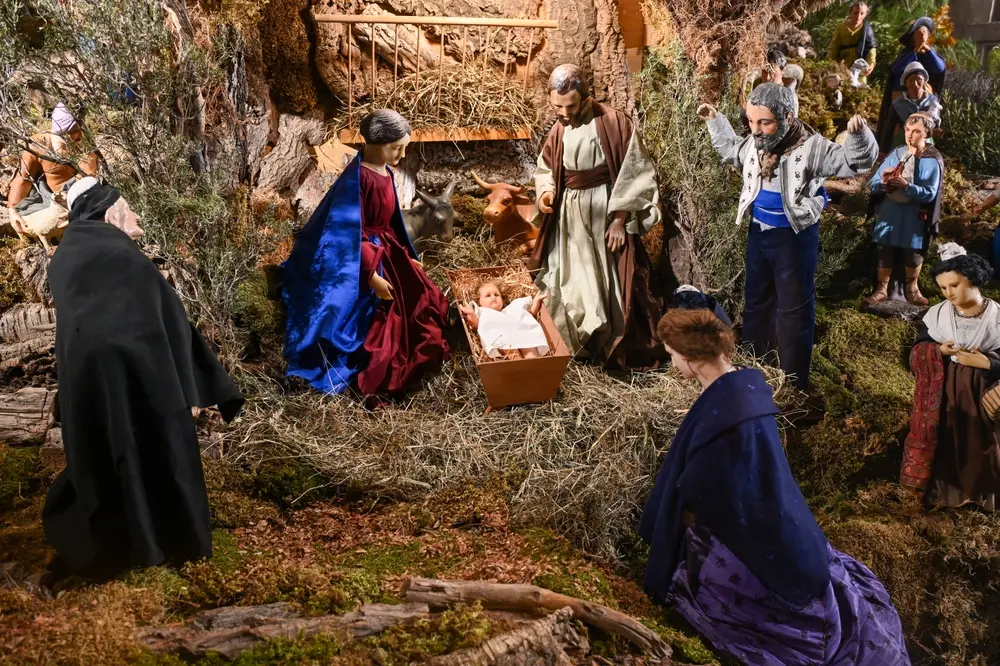Here, Natalia “Saw Lady“ Paruz (an expert saw player) from Astoria, Queens, New York, shares her story:
The one thing I cherish is my glass harmonicon. The glass harmonicon was a musical instrument popular in parlors of the 19th century. It was made in the United States.






